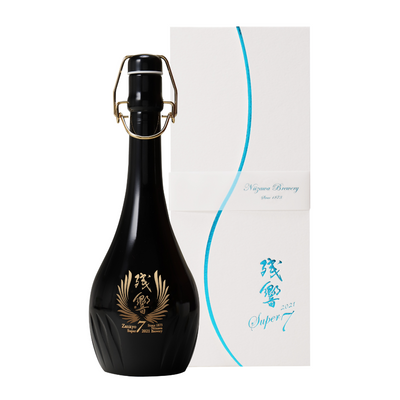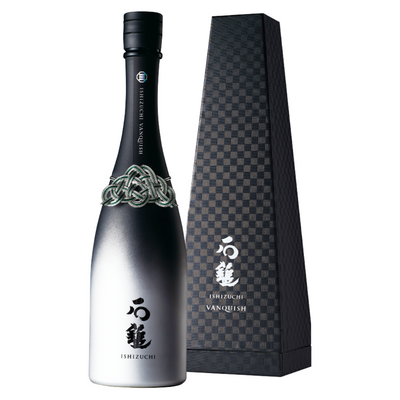Should Sake Be Served Warm?

Benjamin Knopp
Co-founder of Kurashu and in charge of spreading the word on sake.
 While it might seem appealing, don't bring sake into a public onsen!
While it might seem appealing, don't bring sake into a public onsen!
The first time I visited Japan, in 2003, and was served cold sake I thought I died and ended up in a parallel universe. Cold sake?! Who would do such a thing?
In my native Germany (admitedly not the culinary Mecca of Japanese cuisine) it was de rigueur to serve sake warm. That was what was fun about it, because it wasn’t particularly pleasant to drink.
Most sake is served cold
In Japan though I was told that much of the best sake in Japan is actually served cold and that abroad sake is often served warm (or even hot) in order to mask the alcohol. It appears that twenty years ago what was exported in terms of sake was not of particularly high quality (mild shock). The solution to make this swill drinkable was to heat it up.
So for a long time I thought it was: cold sake is good, warm sake is bad!
However, the true answer is completely different, and it took me another decade to learn.
Like wine, every sake has its ideal serving temperature
The true answer is that sake is unique among the world of alcohol in that it can, and should, be served at different temperatures, ranging from about 5 degrees Celsius to 50 degrees.
If you’d like to drink, or just serve if you’re that altruistic, warm sake then you should look for a more full-bodied sake, such as a Junmai (pure rice) sake with a polishing degree of 70% or higher (meaning 30% is polished away, yes, it’s confusing I know - check out our article on how sake is classified here).
In any case, don’t go and try heating up delicate and highly polished sake such as Daiginjos (and usually also Ginjos) as that will probably ruin their delicate taste.
Conclusion
So a good rule of thumb is: elegant and fine, drink cold, while full-bodied and hearty, drink warm.
But make sure to check out our complete guide on sake serving temperatures, including which sakes taste best at which temperatures.
Also, if you'd like to try heating sake up at home then check out our article on how to heat up sake.
And remember, each bottle that we carry will have a serving temperature recommendation on their product page.
Neglect our suggestions at your own peril!





Leave a comment